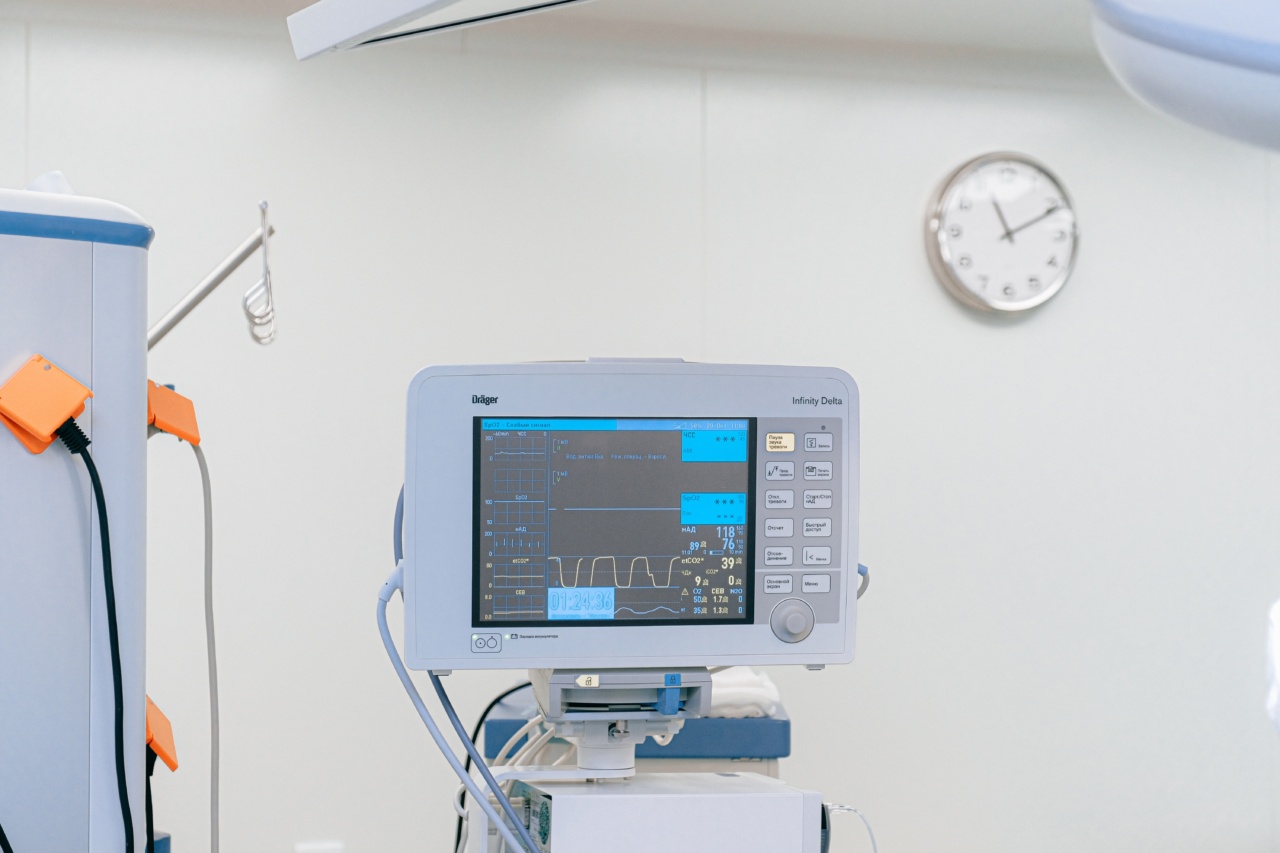Pediatric hypertension, also known as high blood pressure, is a medical condition that affects children and adolescents. Hypertension is not uncommon in children and often arises from underlying medical conditions or lifestyle habits.
It is essential to detect and treat hypertension early to avoid long-term complications in children, such as heart disease, kidney disease, and strokes. In this article, we will discuss the signs, symptoms, and treatment options available for pediatric hypertension.
What is Pediatric Hypertension?
Hypertension is a medical condition characterized by high blood pressure levels in the body. Blood pressure is the force exerted by blood vessels against the walls of the arteries.
Hypertension is diagnosed when blood pressure readings are consistently above the normal range for a given age and height.
In children and adolescents, hypertension is classified based on the underlying cause. Primary hypertension, also known as essential hypertension, is hypertension that has no identifiable cause.
Secondary hypertension arises from underlying medical conditions, such as kidney disease, diabetes, or heart disease. Pediatric hypertension can affect children of any age and may be present at birth or develop later in life.
Signs and Symptoms of Pediatric Hypertension
In most cases, pediatric hypertension does not cause any significant symptoms, and children may not even realize they have hypertension. Symptoms that do arise are often non-specific and may include:.
- Headaches
- Dizziness
- Shortness of breath
- Fatigue
- Nosebleeds
- Blurred or double vision
- Chest pain
In severe cases, hypertension can lead to organ damage, which can result in symptoms such as:.
- Abdominal pain
- Swelling of the legs or ankles
- Difficulty breathing
- Chest pain
- Seizures
Diagnosis of Pediatric Hypertension
Pediatric hypertension is usually diagnosed during routine medical checkups or when a child presents with hypertension-related symptoms.
Blood pressure readings are usually taken in both arms, with the child seated and relaxed, and the average of multiple readings is taken to determine the blood pressure.
The normal blood pressure range for children is determined based on age, sex, and height. Blood pressure readings that consistently exceed the 95th percentile for a child’s age, sex, and height suggest hypertension.
Further tests may be needed to determine the cause of hypertension.
Treatment of Pediatric Hypertension
Treatment of pediatric hypertension depends on the underlying cause or risk factors. Primary hypertension is typically managed with lifestyle modifications, such as weight loss, exercise, and healthy eating habits.
For secondary hypertension, treatment is focused on managing the underlying medical condition. Medications may be prescribed to lower blood pressure in some cases.
The following are the treatment options available for pediatric hypertension:.
Lifestyle modifications
Lifestyle modifications are recommended for children with primary hypertension. These modifications focus on reducing blood pressure through healthy habits, such as:.
- Maintaining a healthy weight
- Exercising regularly
- Eating a diet rich in fruits, vegetables, and whole grains
- Limited consumption of sodium and caffeine
Medications
Medications may be prescribed in some cases to lower blood pressure. Medications used to treat pediatric hypertension include:.
- Angiotensin-converting enzyme (ACE) inhibitors
- Angiotensin receptor blockers (ARBs)
- Beta-blockers
- Calcium channel blockers
- Diuretics
Surgery
In rare cases, pediatric hypertension may require surgical intervention to correct the underlying cause of high blood pressure. Examples of surgery used to treat hypertension include renal artery stenosis surgery and adrenalectomy.
Prevention of Pediatric Hypertension
Preventing pediatric hypertension involves adopting healthy lifestyle habits. Parents are responsible for ensuring that their children eat a healthy diet, maintain a healthy weight, and exercise regularly.
It is also essential to receive regular checkups and prompt medical attention when hypertension-related symptoms arise.
Conclusion
Pediatric hypertension is a medical condition that can lead to long-term complications in children if left untreated. It is crucial to detect and treat hypertension early through lifestyle modifications, medications, or surgery.
By adopting healthy lifestyle habits and receiving prompt medical attention, parents can help prevent the development of hypertension in their children and promote long-term health.




























